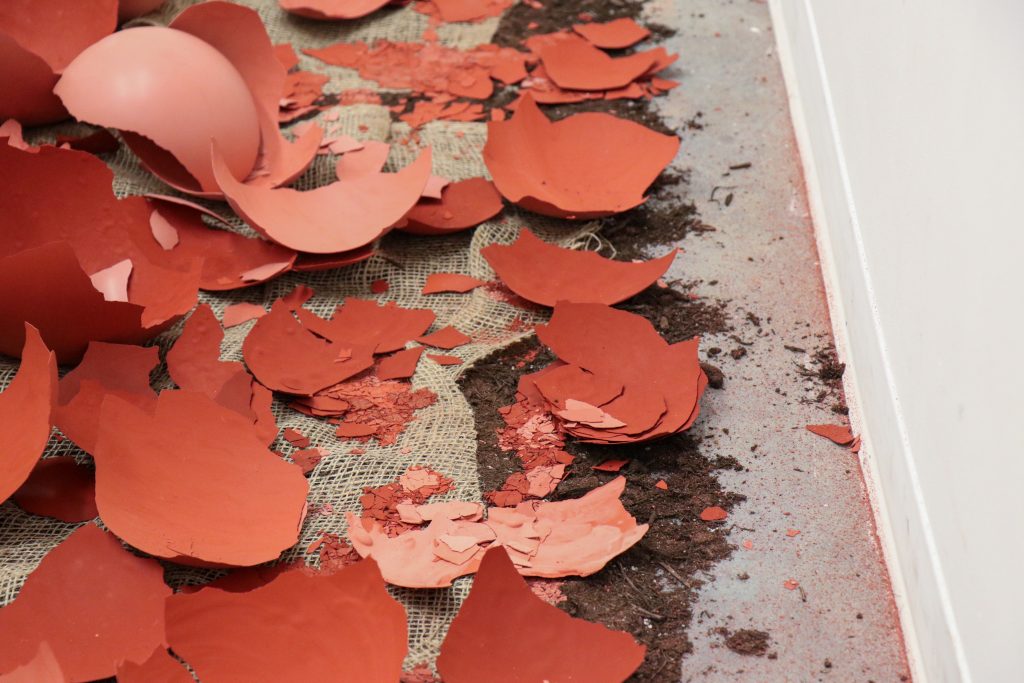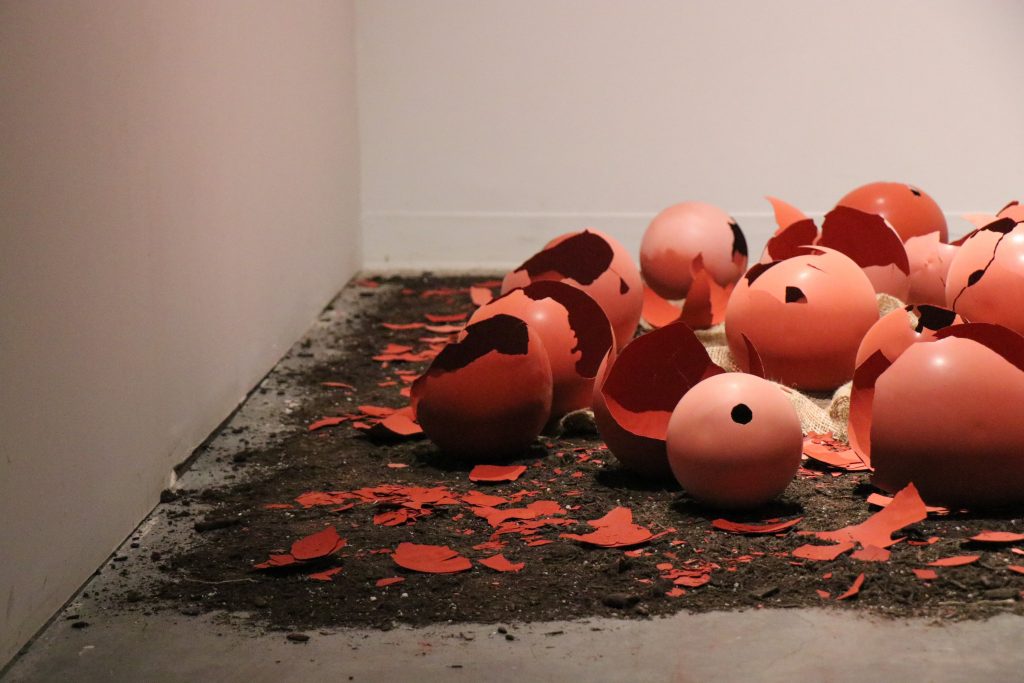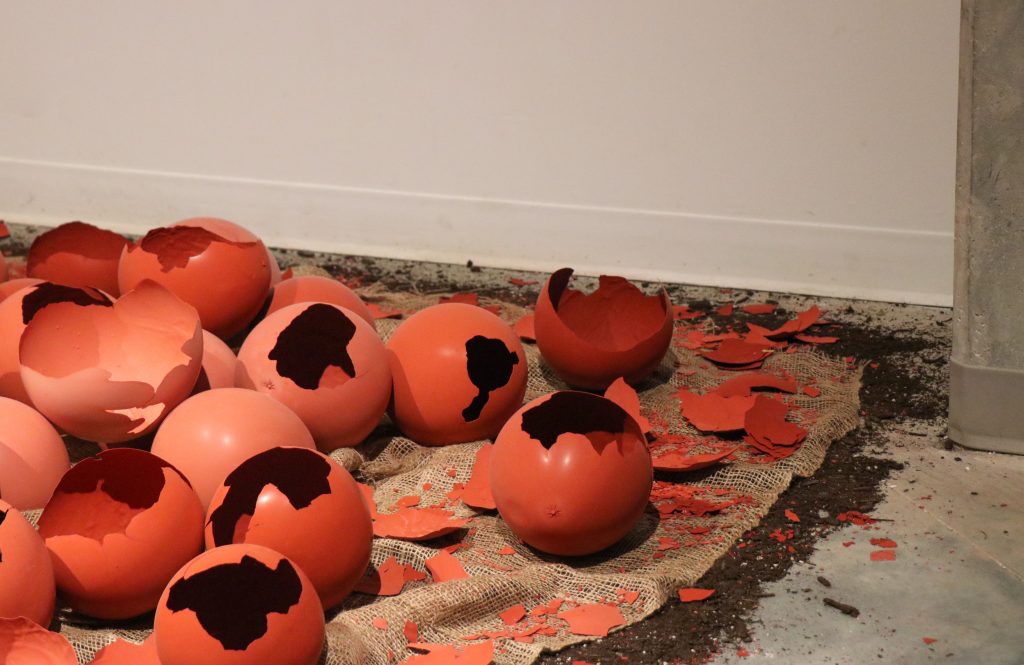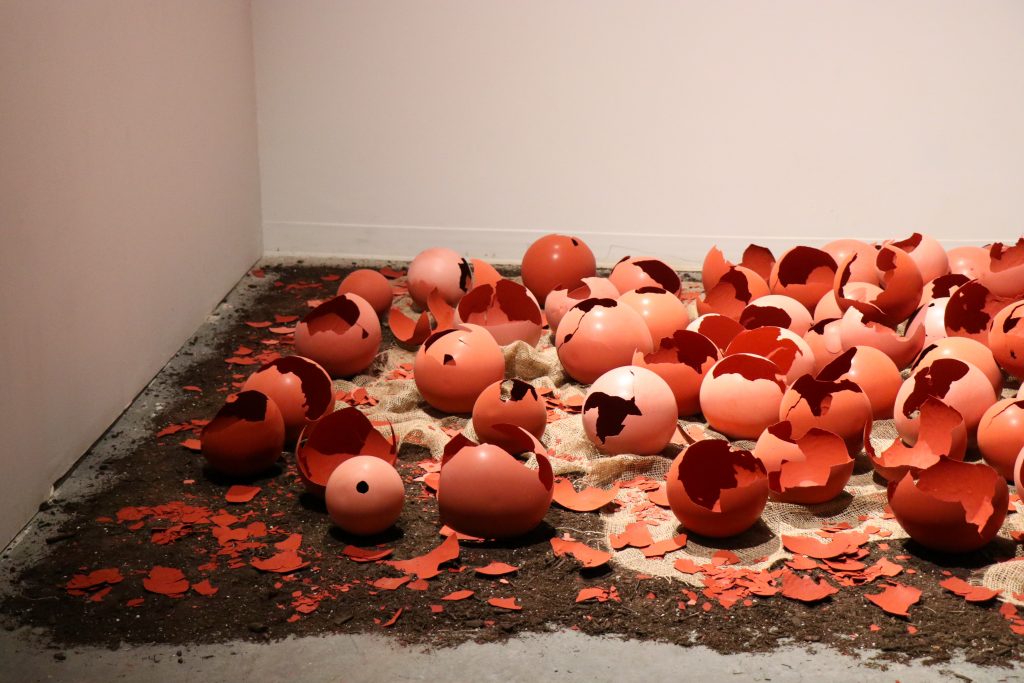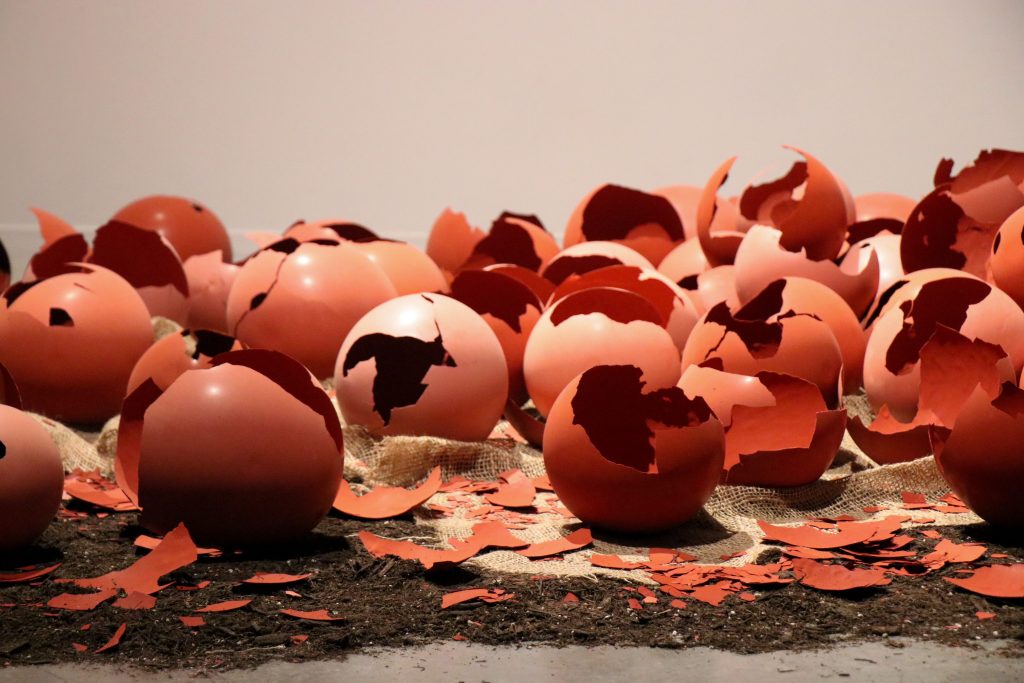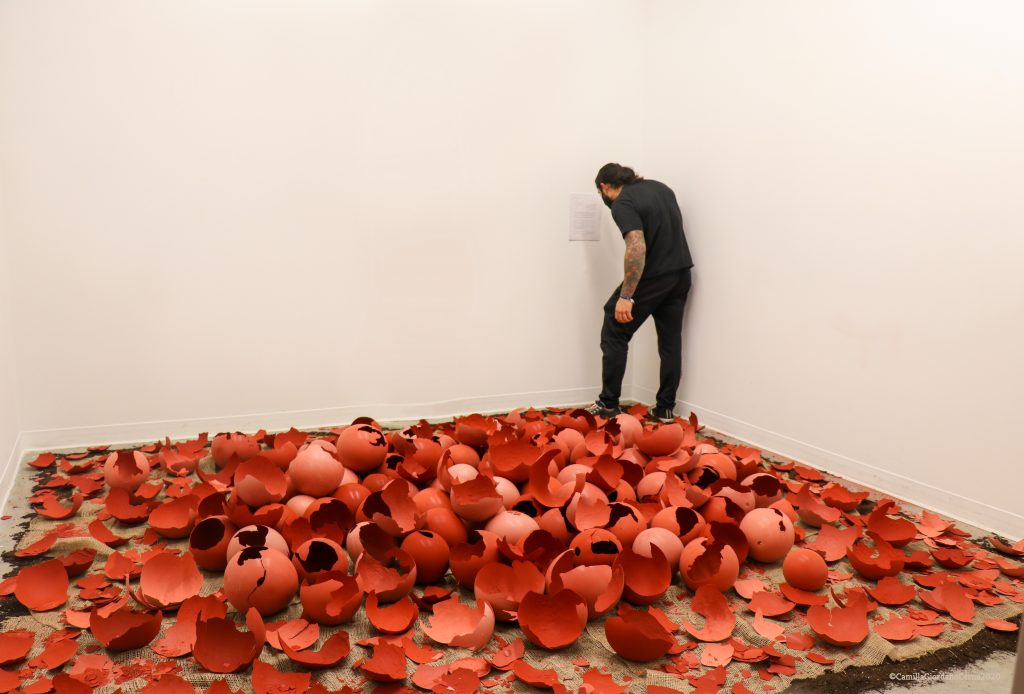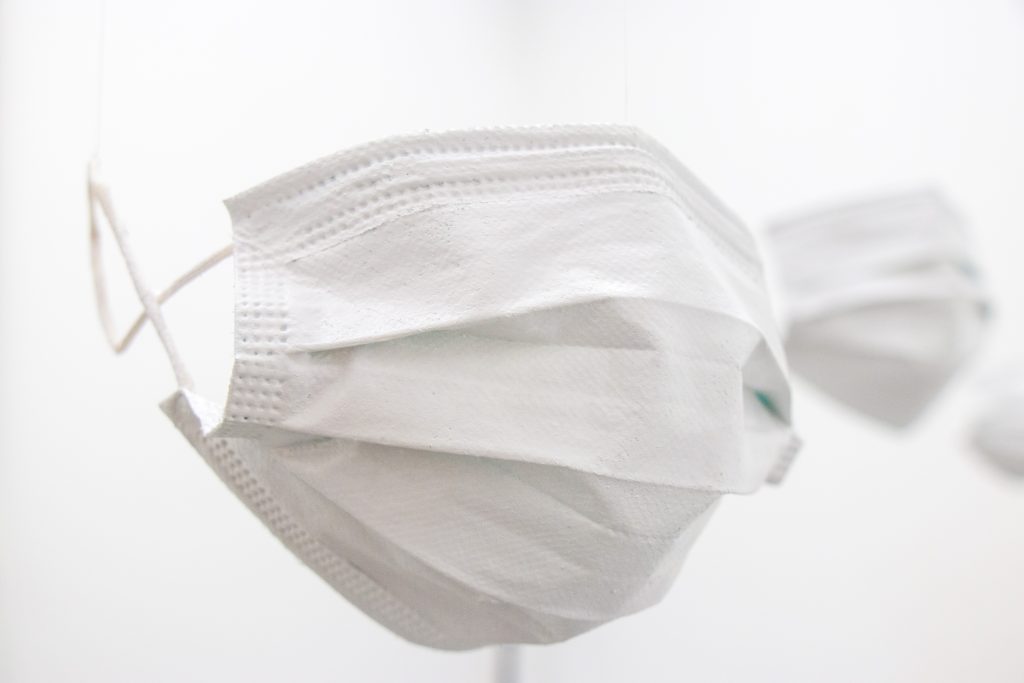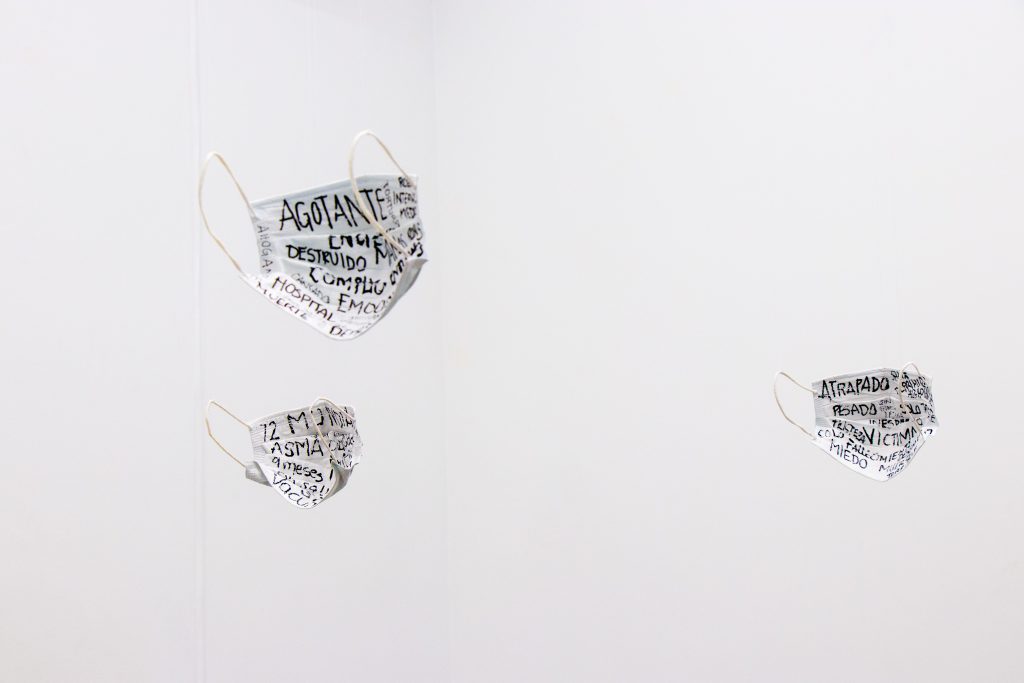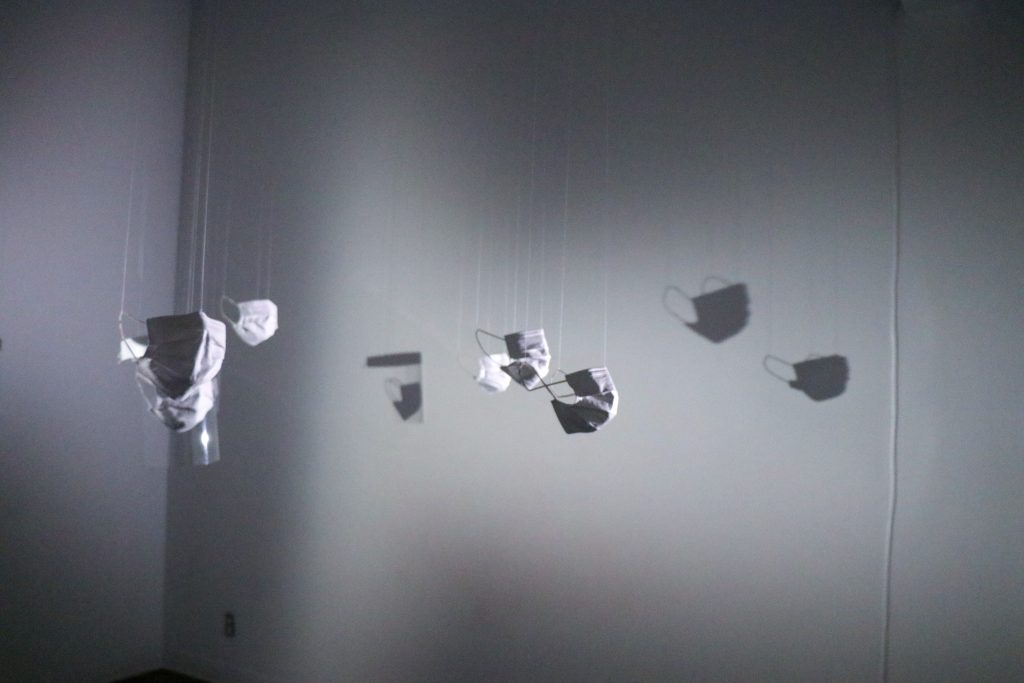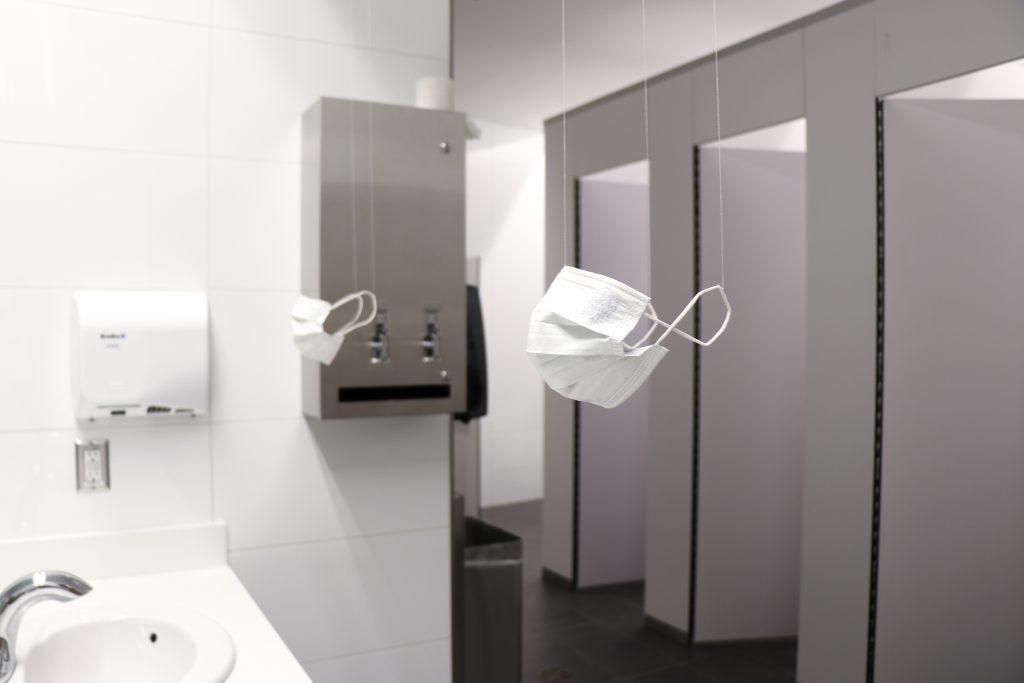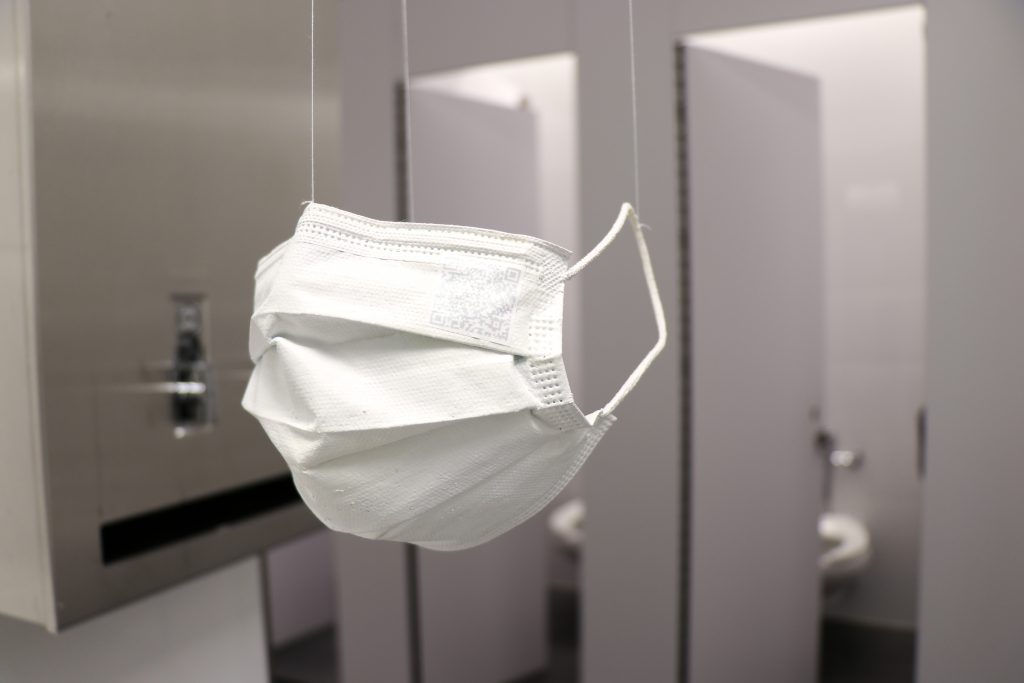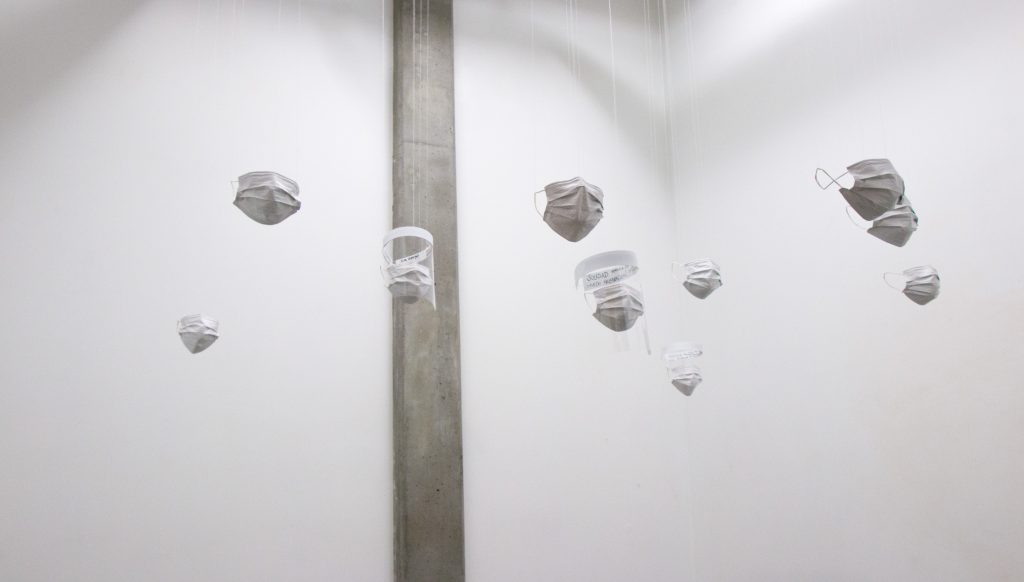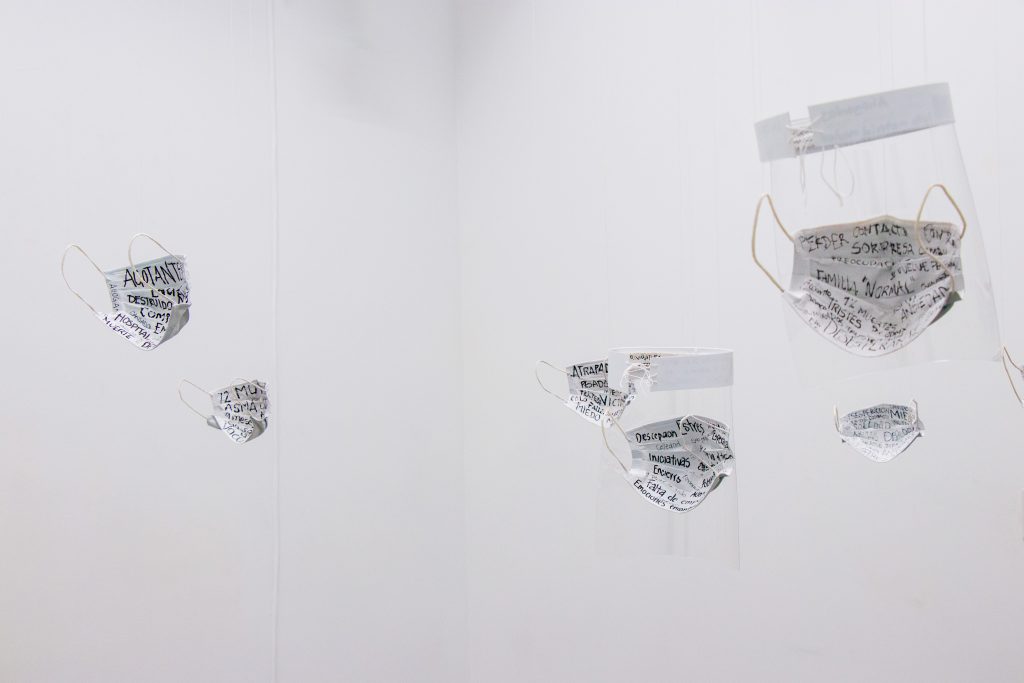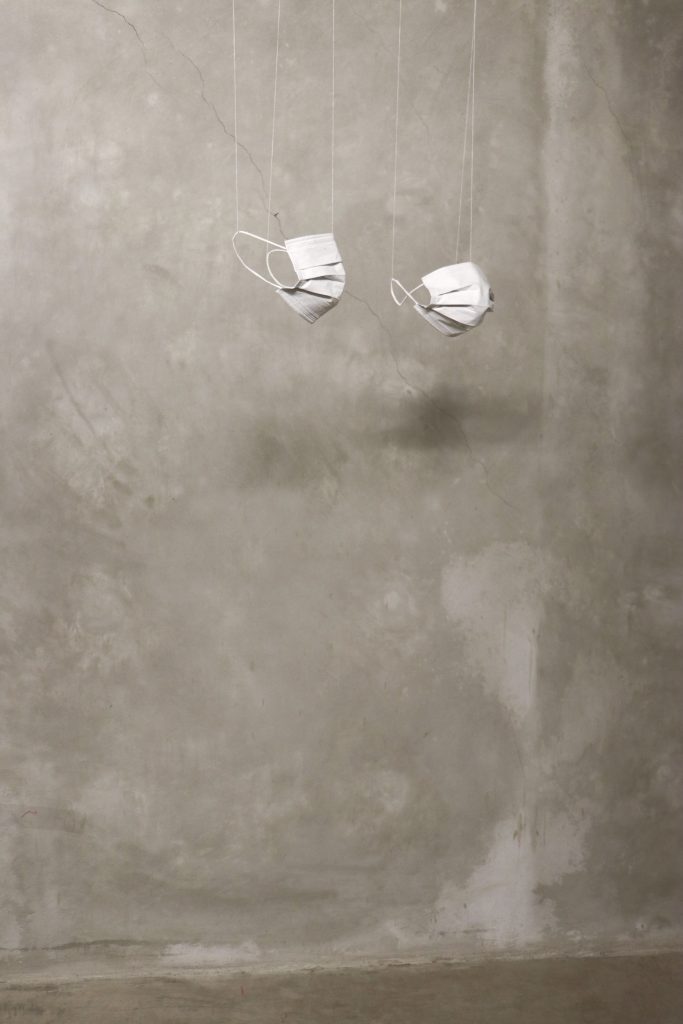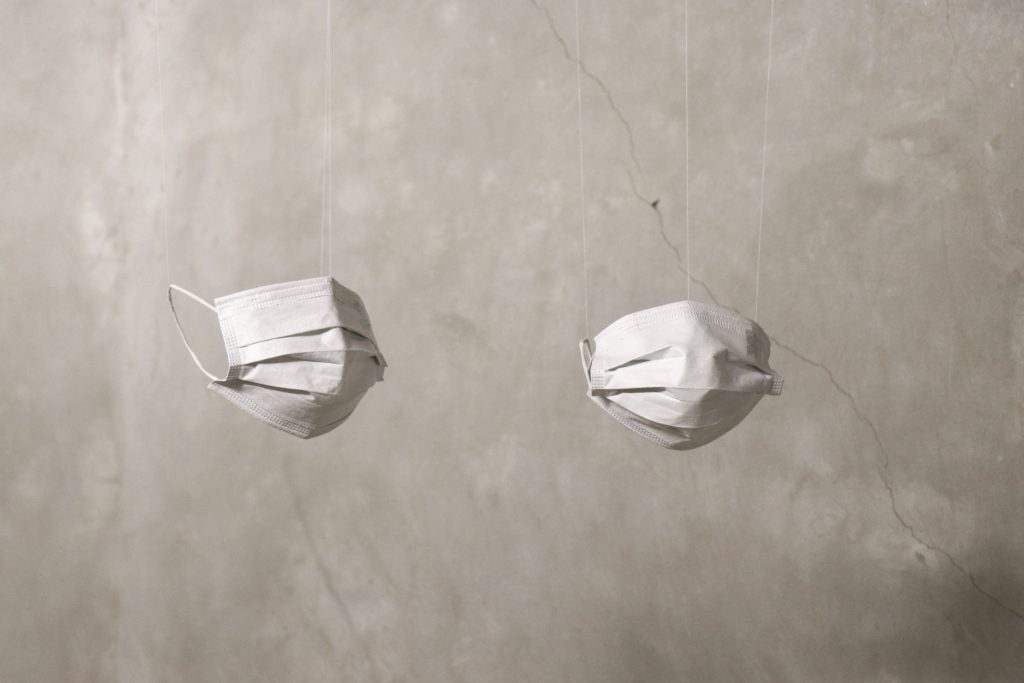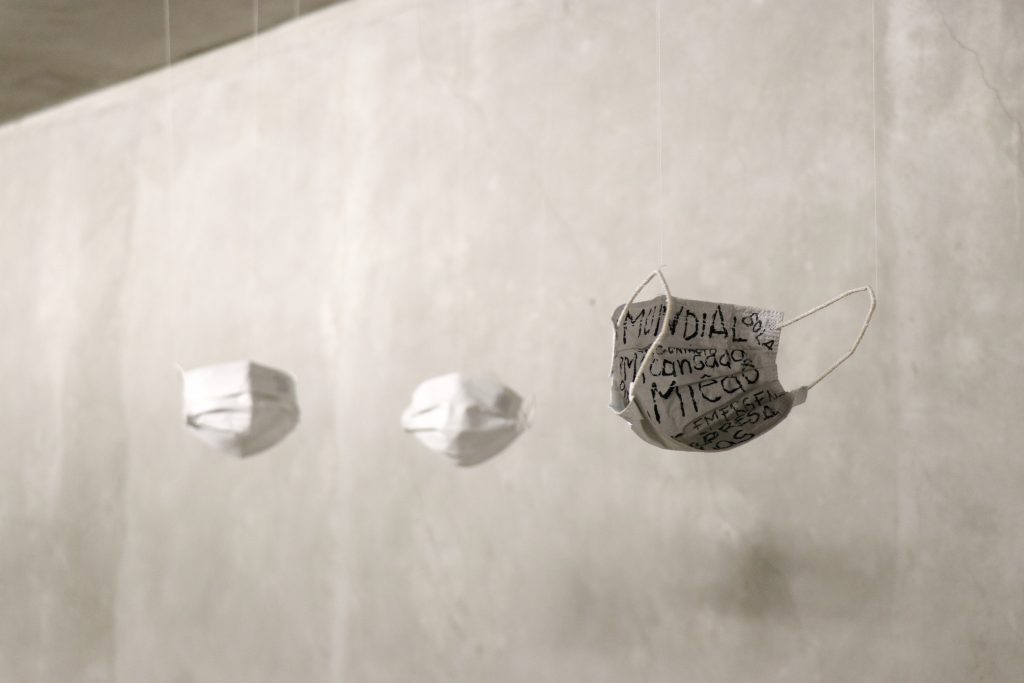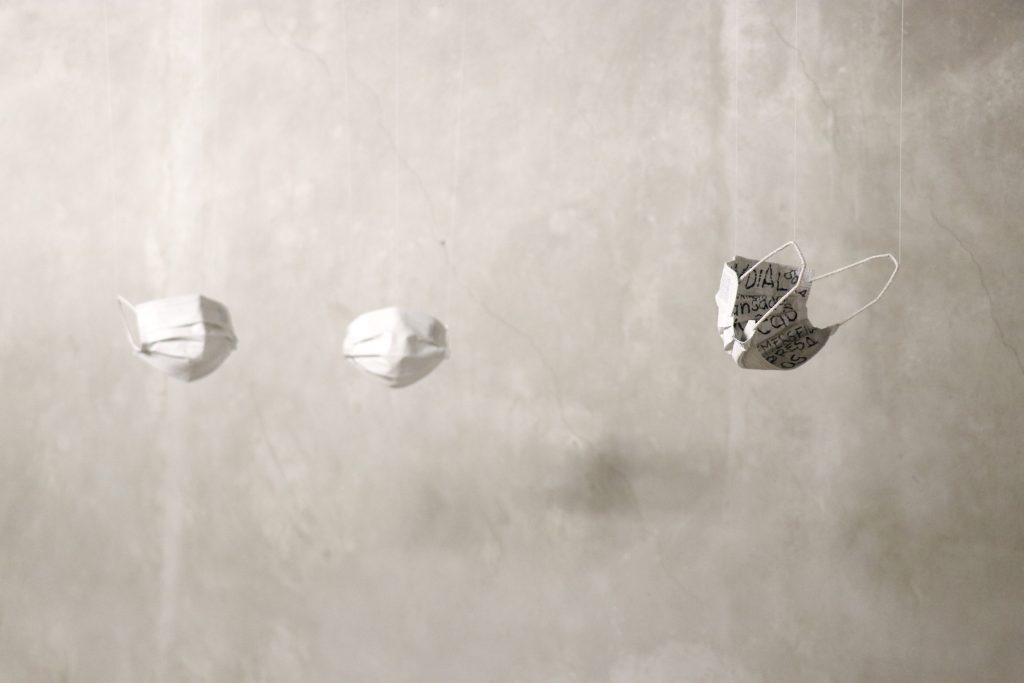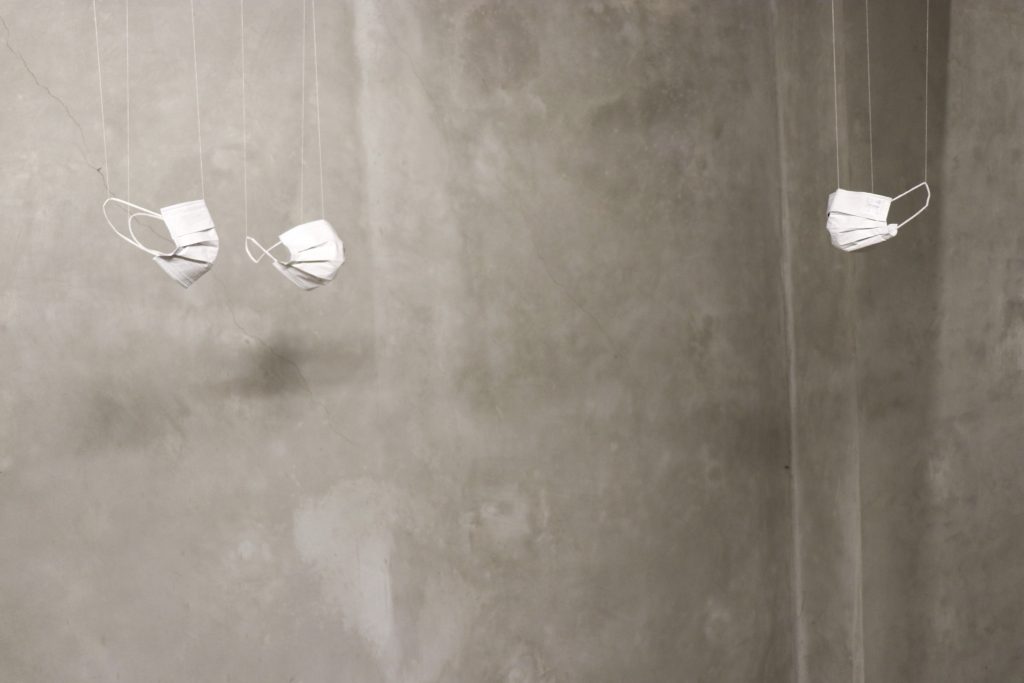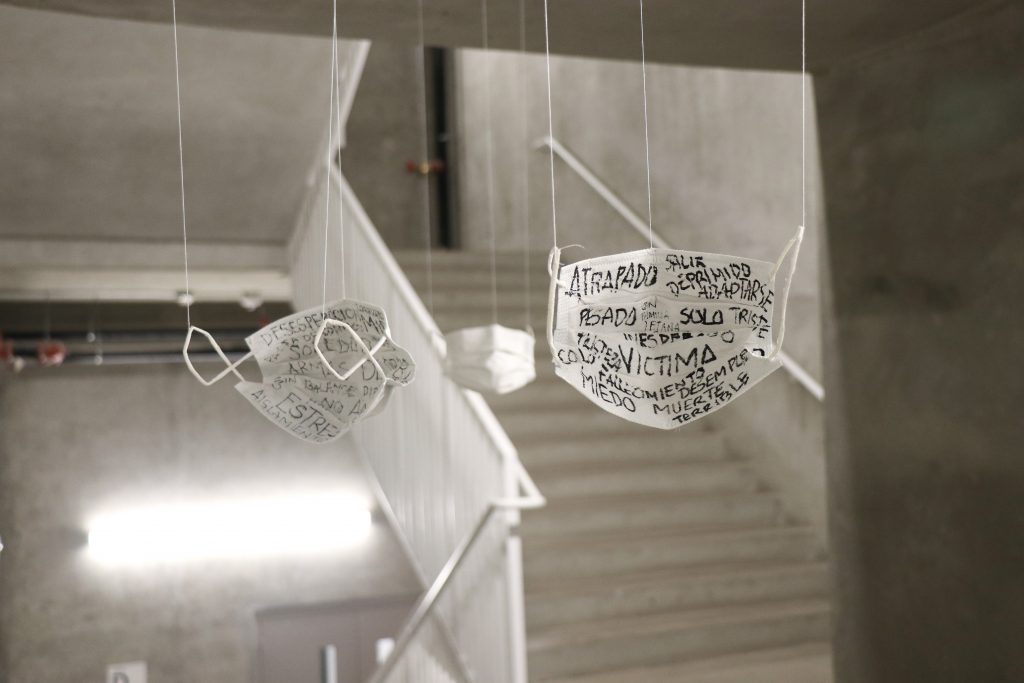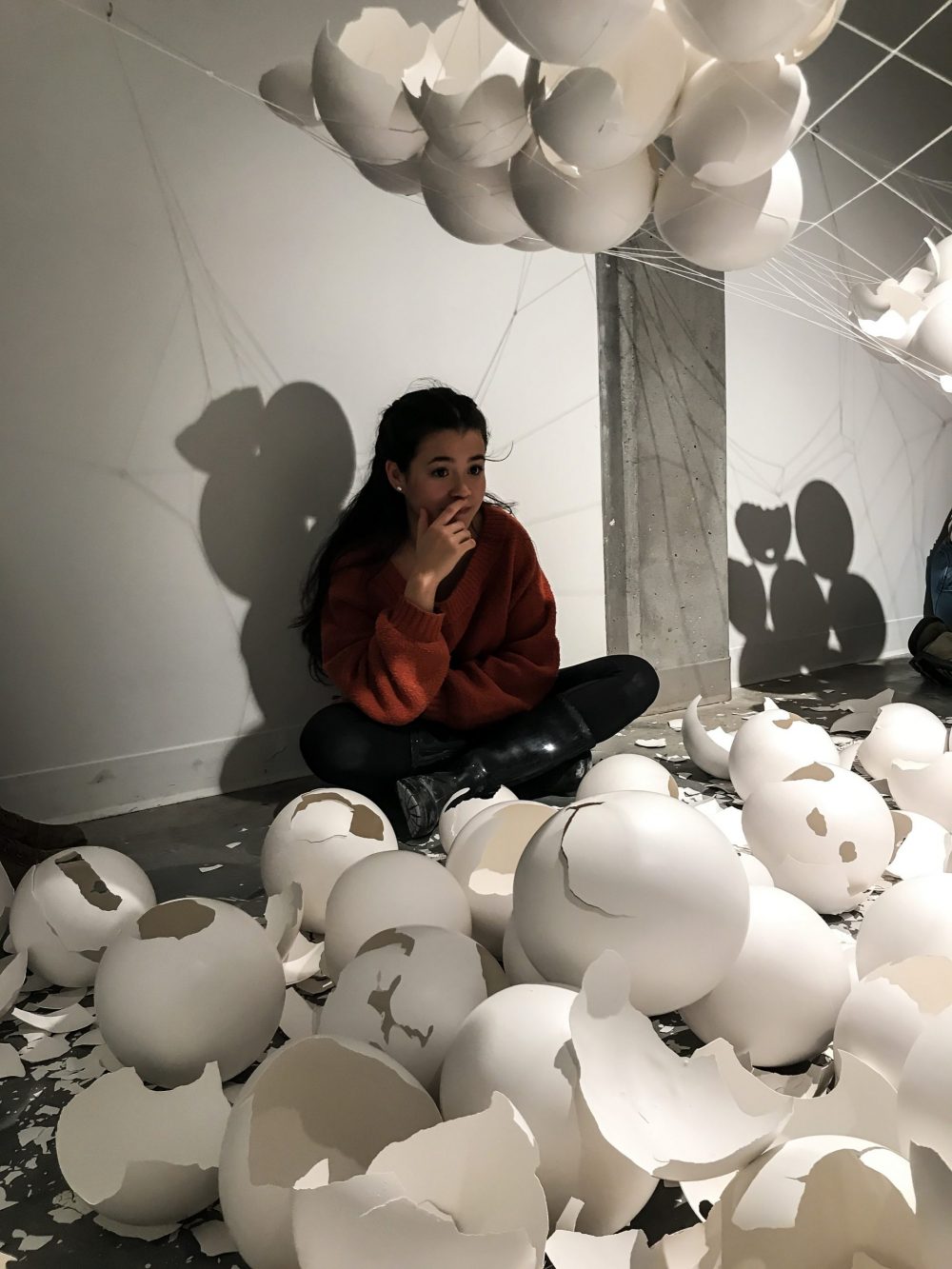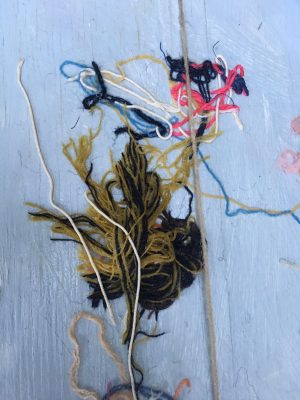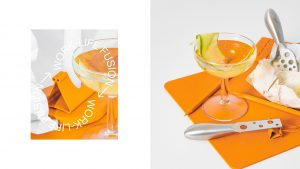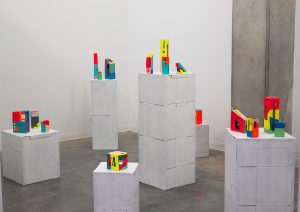Pandemic installations, 2020-2021
Camilla Giordano Cerna
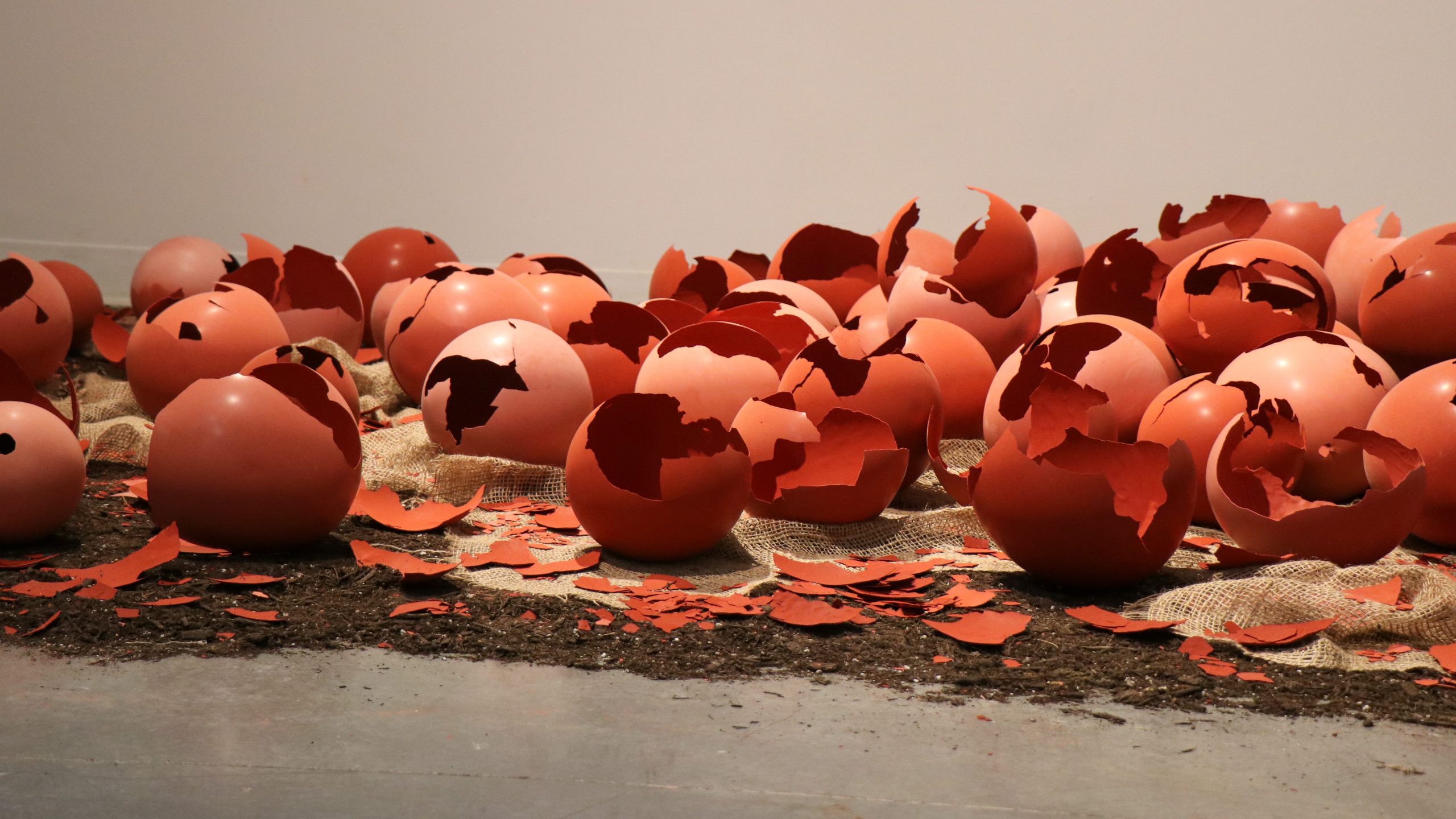
Artist Statement
Ever since I left Mexico for the first time, a sense of nostalgia follows me around. Every place I live in becomes a part of me, a fuel for inspiration. However, as they say, home is the place you go back to. As a sculptor, I am interested in the fragility of situations and materials, how in this world nothing is or should be permanent. Issues around identity, cultural shifts, and colonialism resonate with my work, making my sculptural practice rooted within Mexican culture and present issues.
My installations create a post-chaotic environment. They give me the same tense feeling I get every time I hear about the issues back at home or the daily news. We live in a world reigned by tension, great amounts of information, and saturation of images that take away our ability to empathize. My work creates a moment of physical tension, silence within a landscape. A moment to breathe, to think about the situations we are living in, and hopefully to plan ahead.
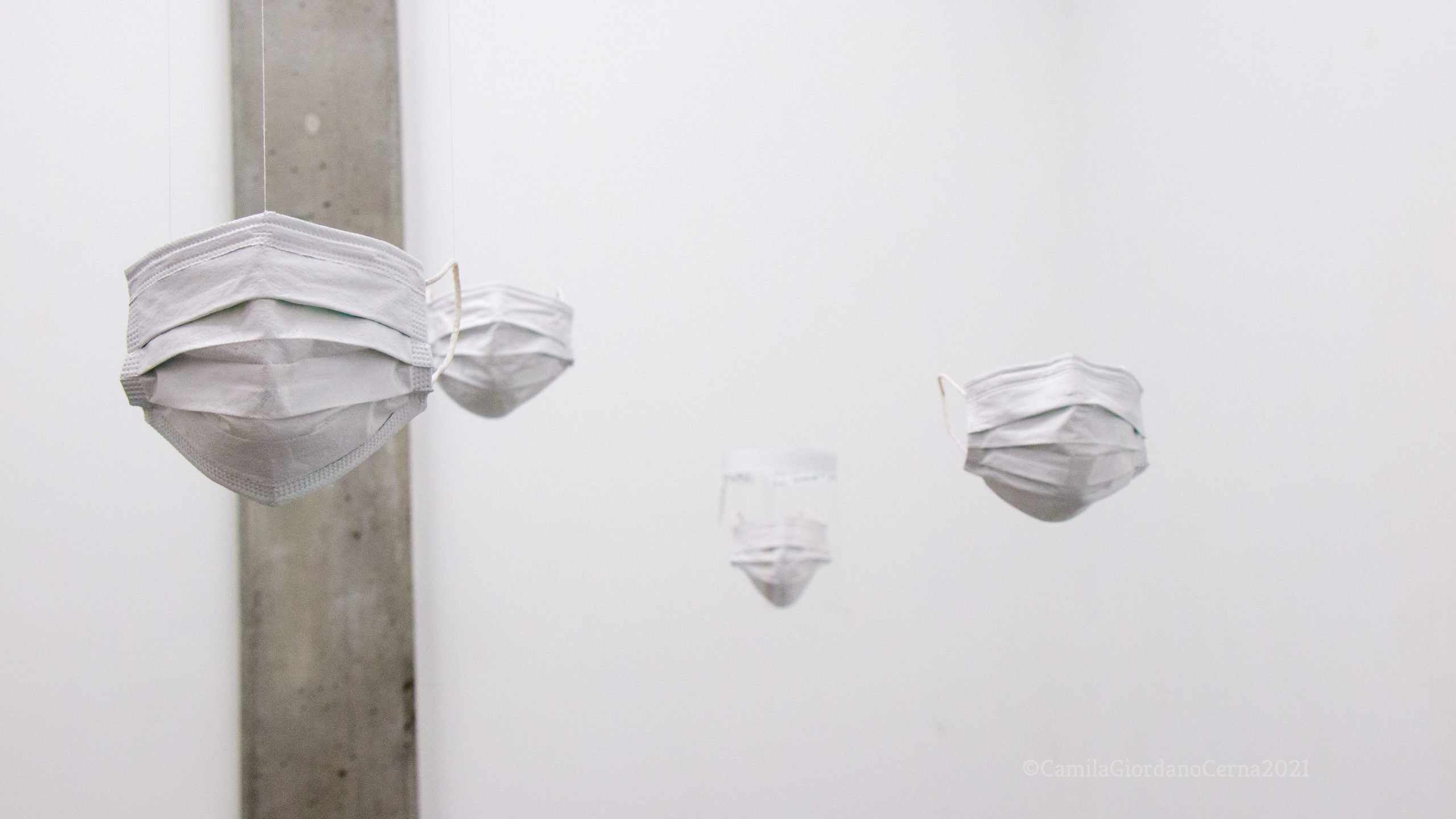
Frailty (Femicides in Mexico) 2020
Plaster, Cement Coloring, Soil and Burlap. Variable size.
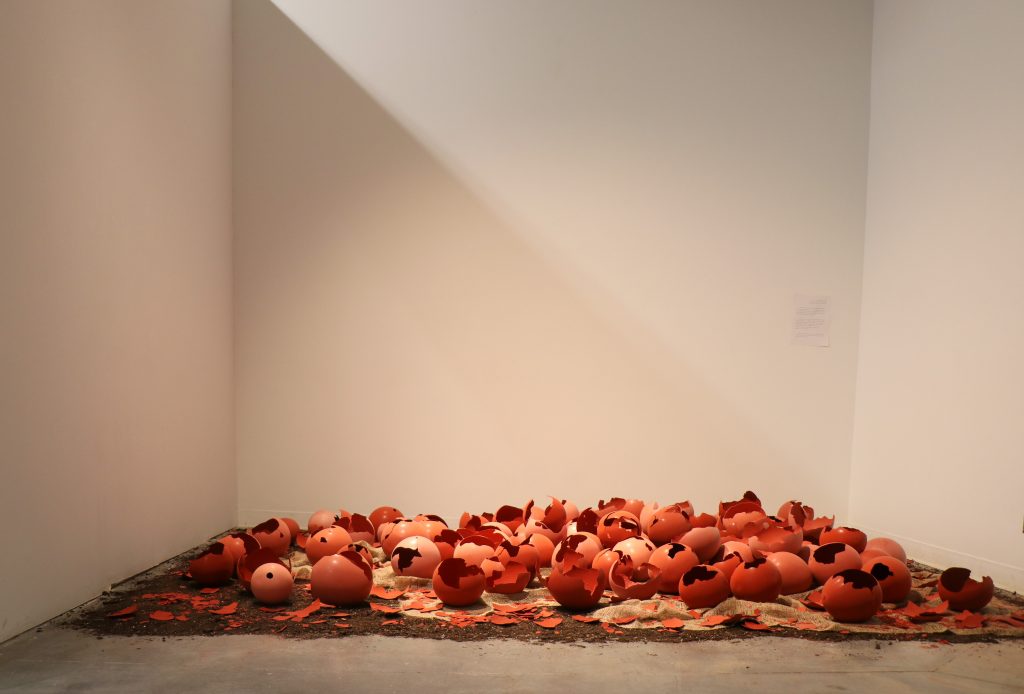
Frailty is a piece originally made in response to the fragility and tension the world was experiencing in those first few days of the year 2020. However, it evolved to talk about the experience of the femicides of Mexican women in 2020. The term feminicide is used in the law to describe women’s murder for the sole reason of their gender. It involves rape, domestic abuse, sexual harassment or any other form of gendered crime that leads to a woman’s death. It has existed in the world for centuries. However, it has recently been recognized as a specific crime within Mexican Law, making it possible to address the gender violence that has escalated and threatens the female population. On 2020, there were 969 cases of femicides. And in the first three months of this year, there have been 234 cases, which the Covid-19 pandemic isn´t helping as women in dire situations are forced to stay home, sometimes with their aggressor. Furthermore, 50% of all the investigations remain unresolved, and the prosecution of the aggressors’ rate is less than 3%. For this reason, I want to bring light into what Mexican women are going through and perhaps make something change.
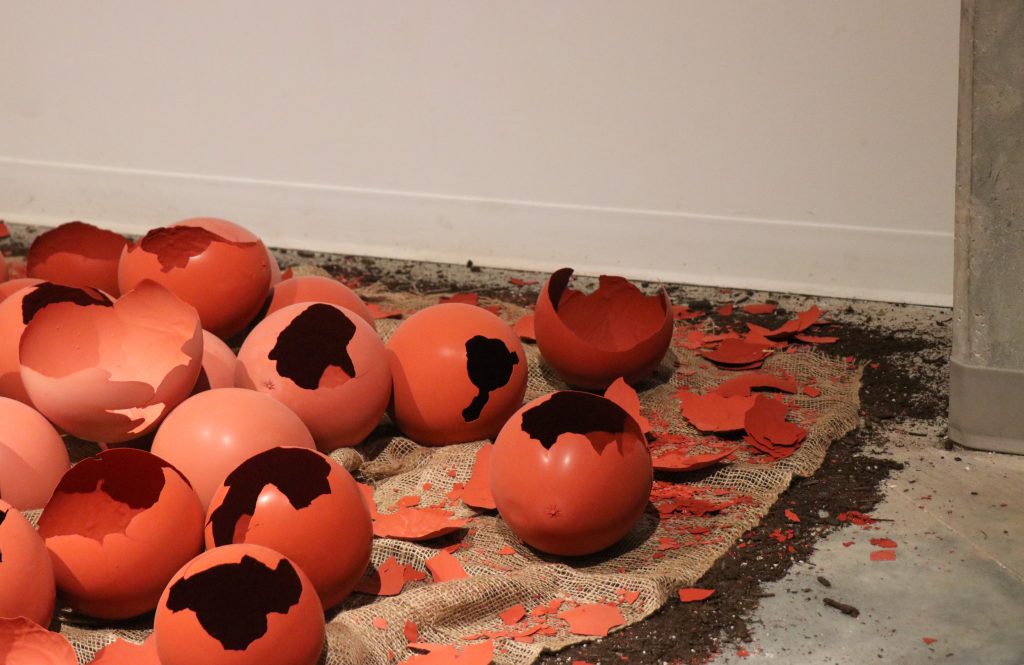
The installation consists of 350 plaster eggshell-shapes tinted with cement colouring and iron oxides, ranging from earthy pinks to deep reds. Some are whole, some broken, and some shattered. They are lying all over the floor on top of a layer of soil with burlap cloth, representing the burial sites in which, by using potato/rice bags, the aggressors dispose of the victims.
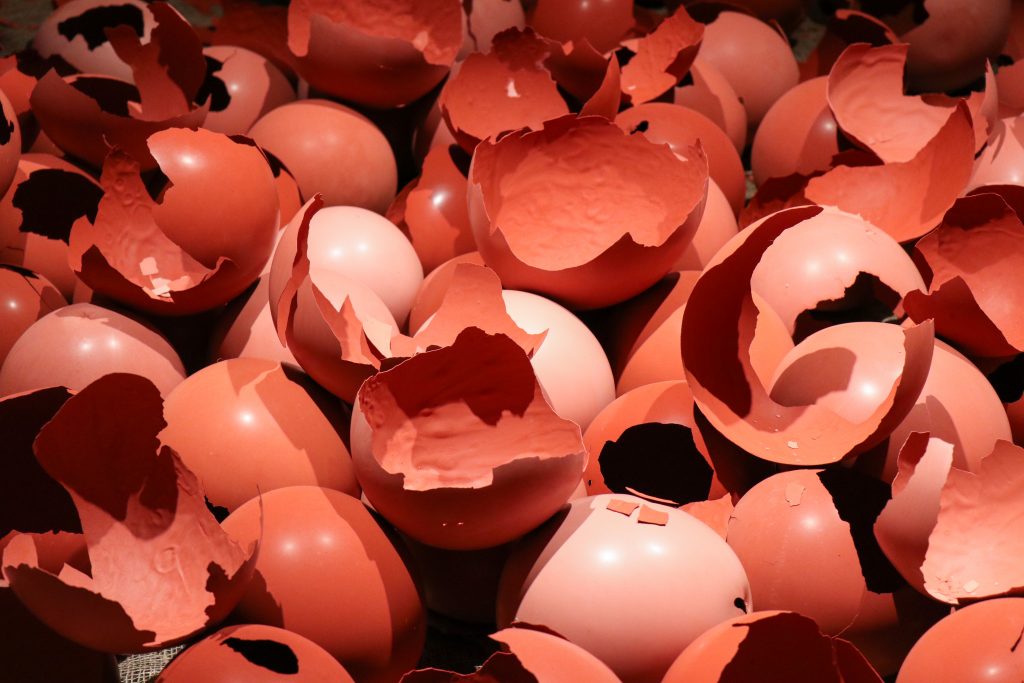
The installation looks like a post-chaotic space, making the viewer just a bit late to the occurrence. However, by placing the exhibition text at the back of the room, the viewer gets implicated by being forced to step over the eggs to reach the work’s interpretation. The iron oxide is intended to stick to the viewers’ shoes, leaving traces as they walk away.
These sculptures talk about multiplicity, a moment of physical tension, silence within a landscape. It allows a moment to breathe before the realization of the atrocities committed, to think about the situations we live in, and hopefully plan for a better future.
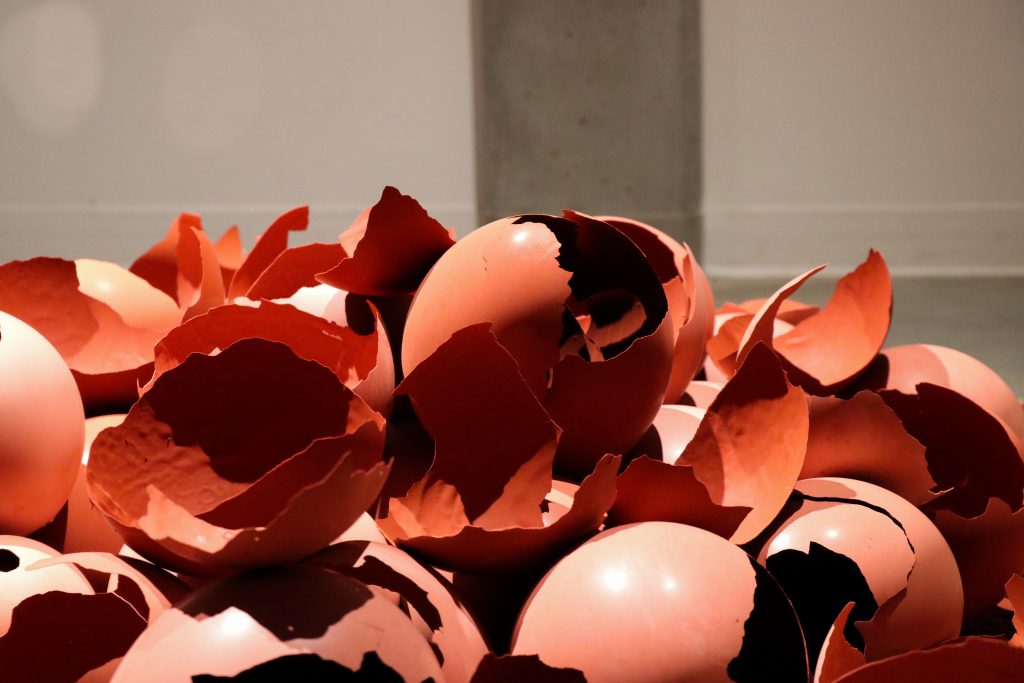
Sentimientos Pandémicos, 2021
Medical masks, white glue, spray paint, acrylic markers, and white thread.
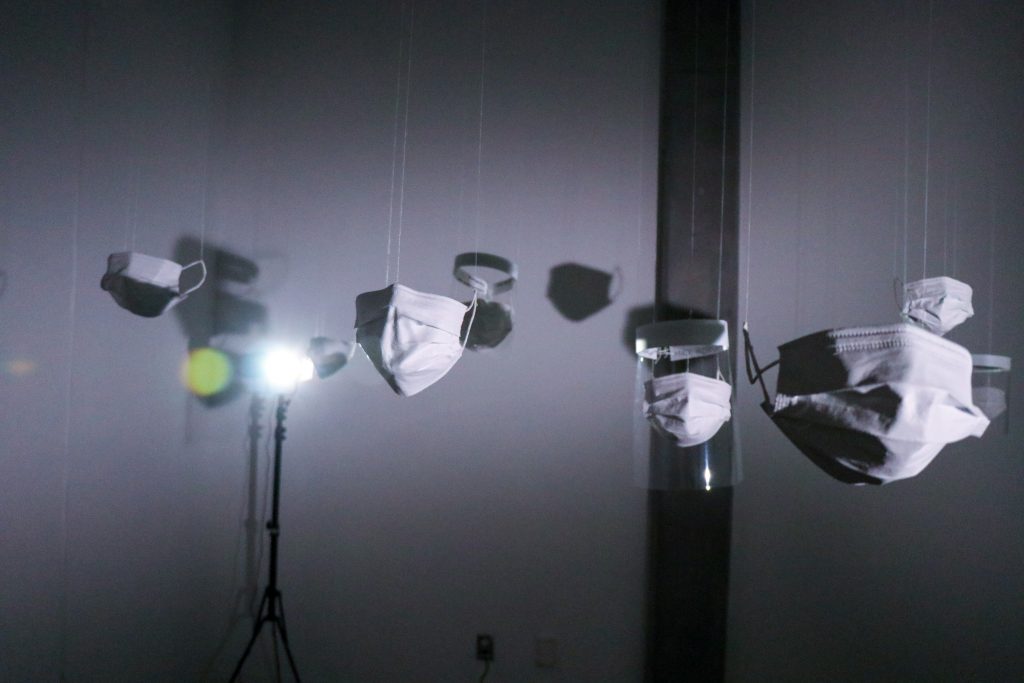
Sentimientos Pandémicos, which translates to “pandemic feelings, “is an installation piece in response to the mental health and physical health crisis during the Covid-19 pandemic in Mexico. As a third-world country, lockdown is not an option for thousands of families that can’t afford to lose a day of work, and the government’s response to the pandemic was to use religious symbols as luck charms and pray for the best. The lack of support for the population and medical staff has left Mexico with thousands of corpses and a broken country.
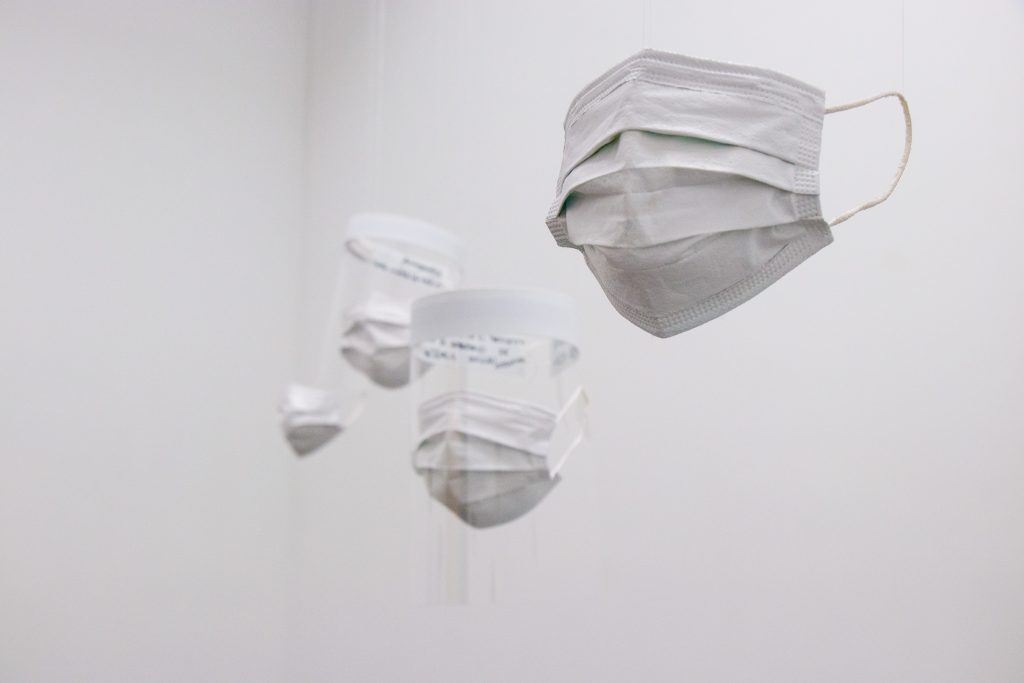
In December 2020, I was able to go back home to Mexico for the holidays, encountering a country with so much fear and anxiety that either people would care too much or not at all.
During my time there, I realized how much worse mental health has gotten and how nobody talks about it. The installation consists of sculptural masks, shields and a sound piece of my friends’ and family members’ testimonies on their feelings towards the present circumstances.
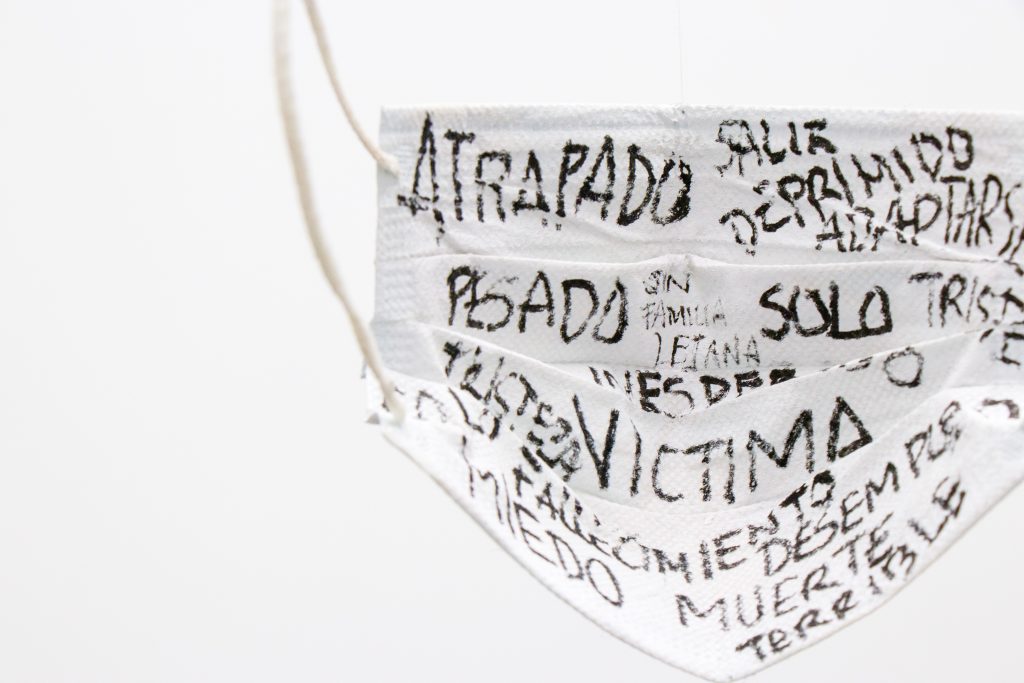

Before the Covid-19 pandemic started in Mexico, mental health was never a priority. Today, it still isn´t. Ideas of anxiety and fear of the other became present in my mind, people´s existence became a threat to my own and my loved one´s health. It all felt like buzzing, undecipherable noise and a longing for the past.
Conversaciones Pandémicas, 2021
Medical masks, white glue, spray paint, acrylic markers, and white thread. Installation II.
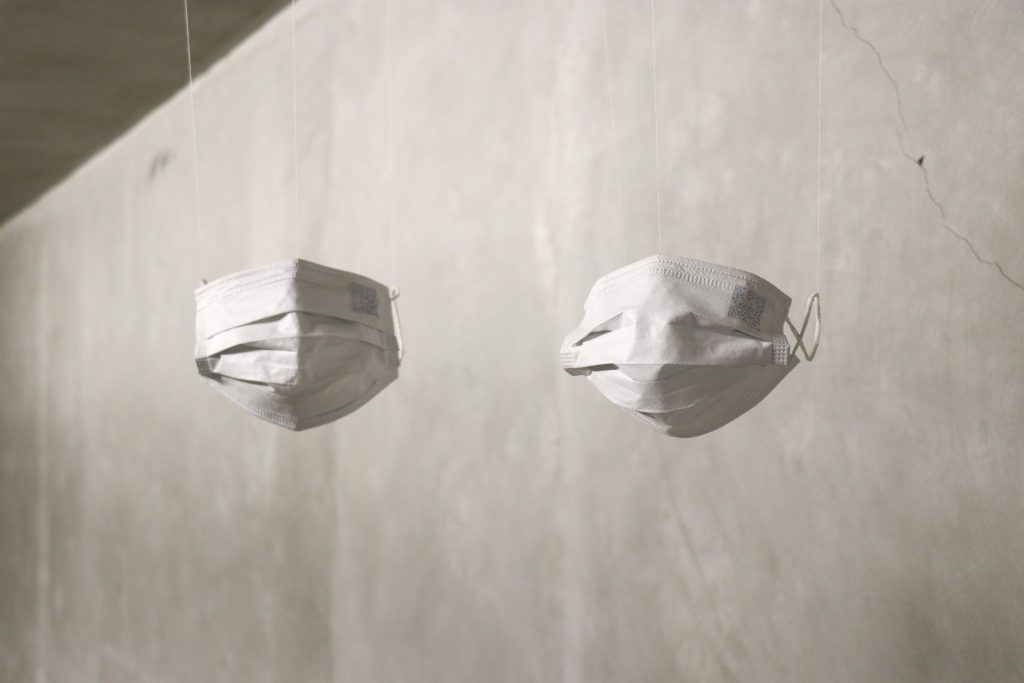
Conversaciones Pandémicas, which translates to pandemic conversations, is a further exploration of the installation Sentimientos Pandémicos. By being installed in groups looking at each other, Giordano places the sculptures in conversation with one another. However, if scanned with a phone, the sound is the same as before, monologues and testimonies.
This exploration intends to talk about the lack of intimacy and communication we are all going through. The bodiless masks represent the lack of dialogue and feelings of isolation—longing for times before Covid-19.
